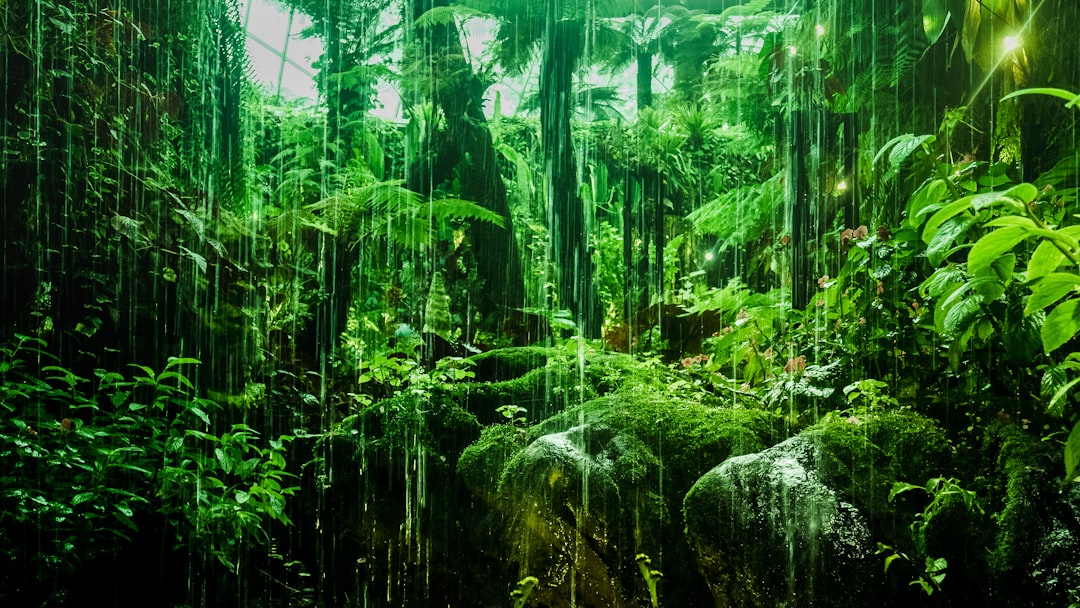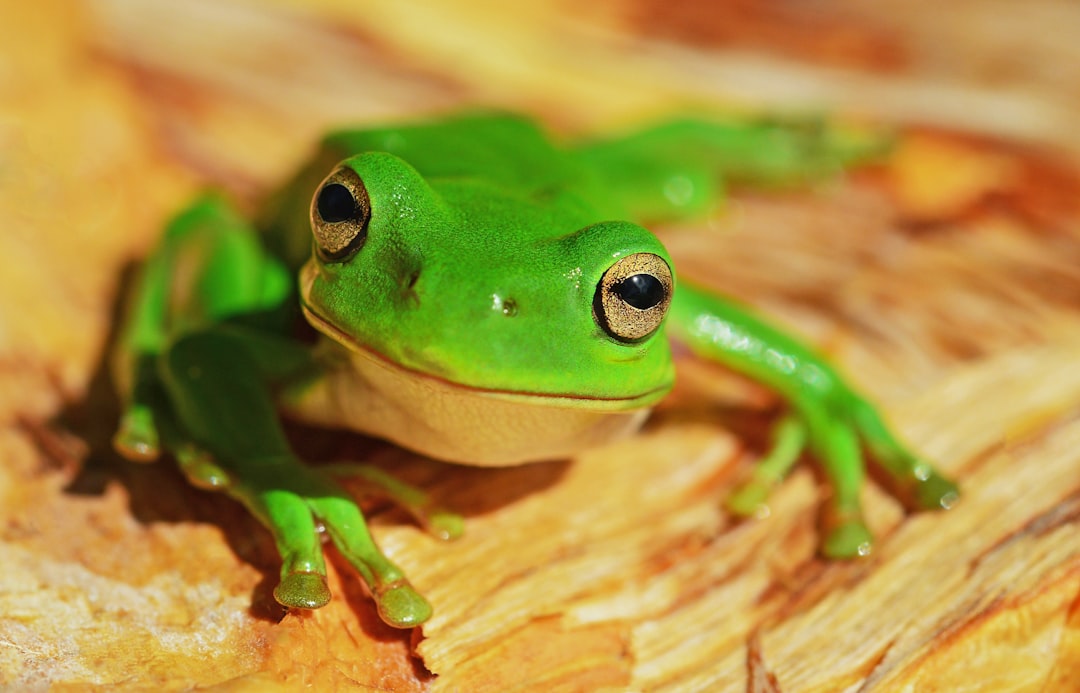What is it about?
Ultraviolet–visible spectroscopy and UPLC–DAD–MS were used for analysis of stability of ethanol solutions of ethylidene-6,6′-bis(2,3,7- trihydroxynaphthazarin) (ENZ), spinochrome dimer (SDM) and spinochrome D (SD) that were isolated from Strongylocentrotus droebachiensis. In the freshly prepared solution, the concentration of ENZ at pH 6.0 was at 6 fold less comparing to pH 1.6. The increase of pH up to 4.0 resulted to increase of SD concentration and to decrease of SDM concentration. After 48 h storage, both dimers showed the highest stability at pH 1.6, while the elevation of the pH solution up to 6.0 activates degradation of SDM and ENZ at 1.3 and 3.6 fold correspondingly. The concentration of SD after 48 h storage at the pH 1.6 was at two-fold less comparing to the initial concentration, and at the pH 6.0 – at 4 fold less.
Featured Image
Why is it important?
To the best of our knowledge, this is the first report about the comparison of stability of monomeric and dimeric pigments from sea urchin S. droebachiensis after storage at different pH values. The dimeric pigments were prone to degrade in freshly prepared EtOH solution with the increase in pH value up to 6.0, while monomer was stable up to pH = 4.0. During the 48 h storage, the dimers showed the highest stability in the strongly acid solution (pH 1.6), while the monomer was less stable at this pH comparing with dimers.
Perspectives
These results should be taken into account in the developing formulations based on the pigments from S. droebachiensis.
Professor Alexander N. Shikov
Saint-Petersburg State Chemical Pharmaceutical University
Read the Original
This page is a summary of: Comparative stability of dimeric and monomeric pigments extracted from sea urchin Strongylocentrotus droebachiensis, Natural Product Research, February 2017, Taylor & Francis,
DOI: 10.1080/14786419.2017.1290617.
You can read the full text:
Resources
Contributors
The following have contributed to this page










